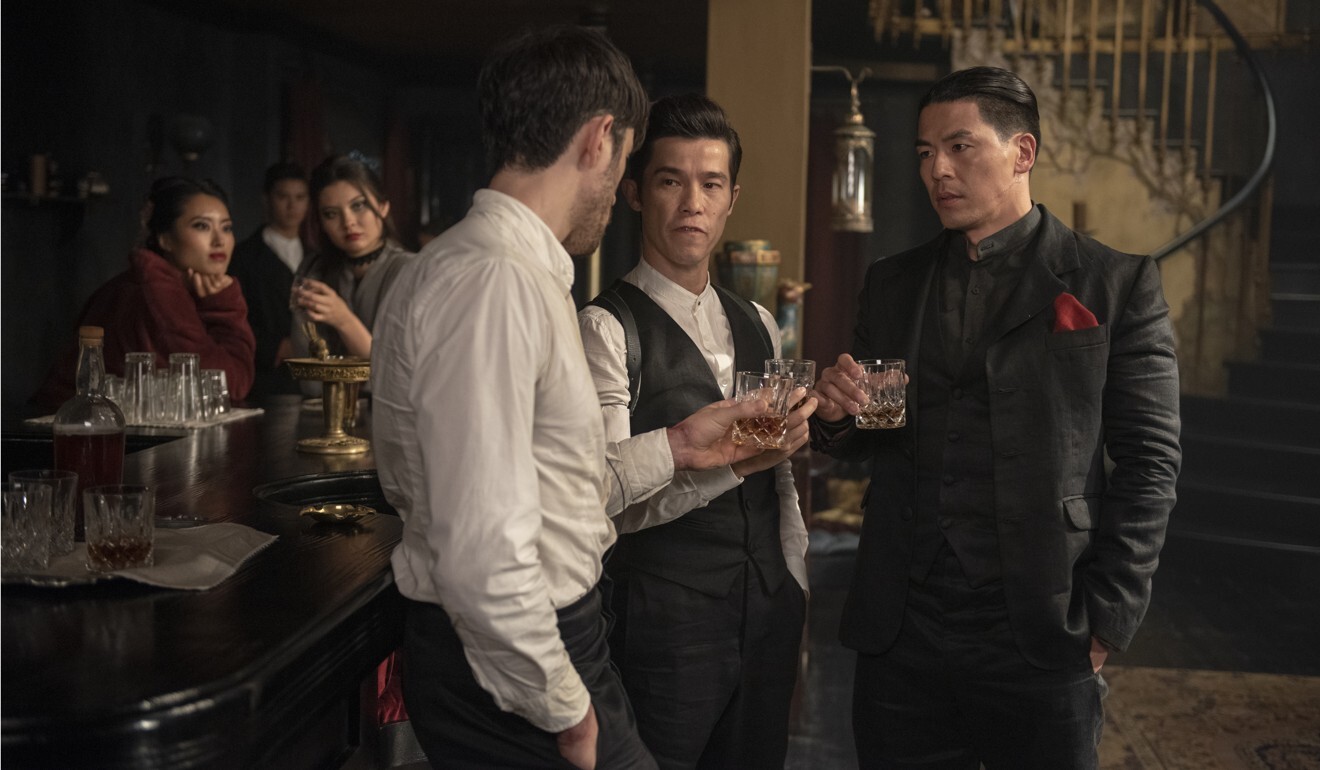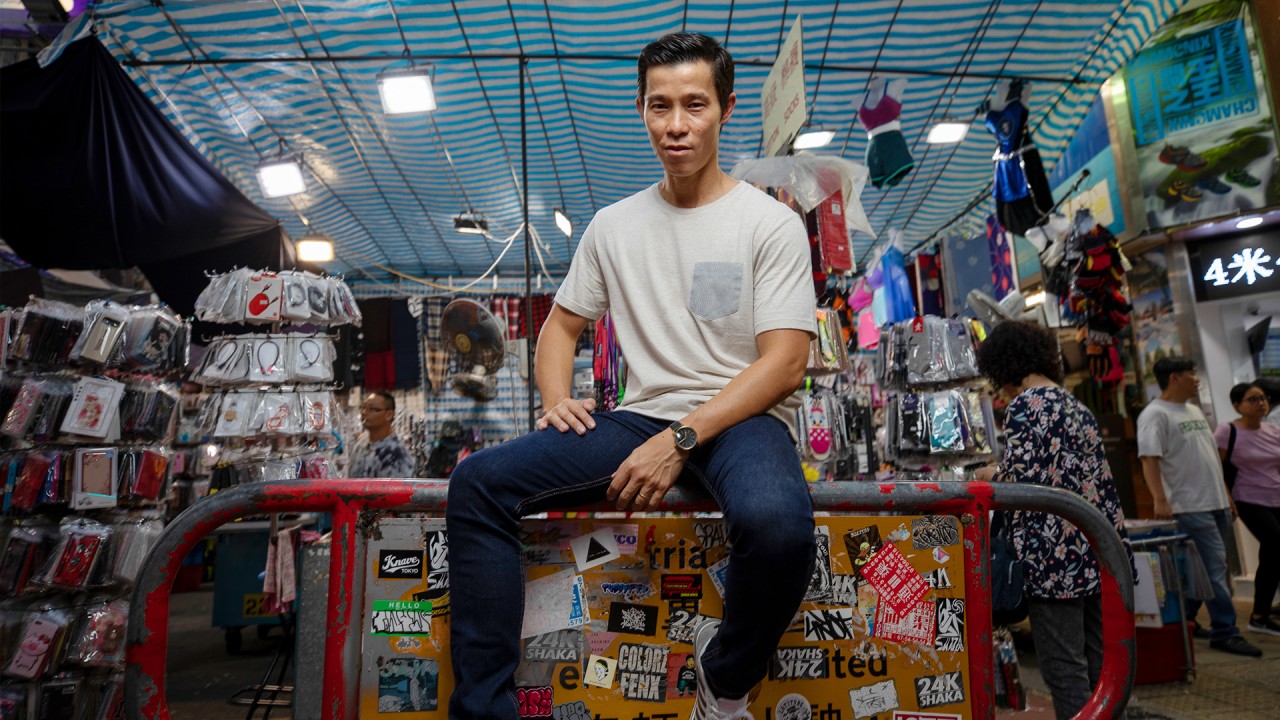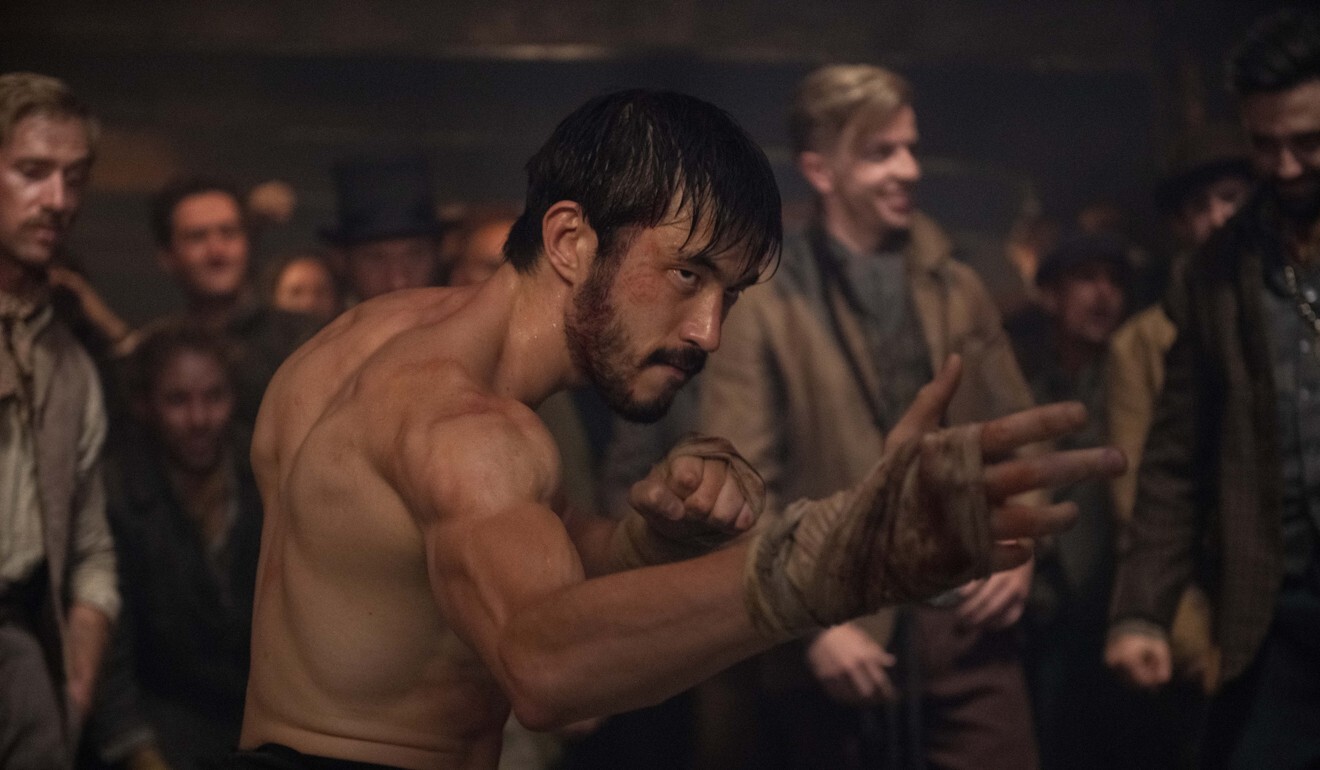
Anti-Chinese racism explored in Warrior as television show mirrors modern life
- The Cinemax show, picked up by HBO Go, showcases how far, and how little, modern society has progressed since the 1870s
- ‘Once Upon a Time in Hollywood’s brutal portrayal of Bruce Lee stands in contrast to a fulsome, layered show about racism
Season two of Warrior opens with, no surprise here, a fight. Ah Sahm, played by British actor Andrew Koji, is scrapping for cash at the Barbary Coast fight pit.
Sahm, modelled after Bruce Lee – who originally wrote the treatment for the show decades ago – finds himself the scorn of anti-Chinese racist taunts as he defends himself from his combatant.
It’s the late 19th century in San Francisco and the violent Tong Wars are in full swing. Sahm, a martial arts prodigy, has come from the motherland to the American frontier looking for his sister. He finds a time and place eerily similar to the present day.
The country is filled with warring factions, divided by colour as the gritty show dives deep into issues of class struggles, immigration and outright racism.

Anti-Chinese sentiment is a major theme of Warrior. White characters openly call Chinese racist names to their face, taunting them, telling them to go home and that America is no place for them.
It’s an eerie parallel to a deeply divided modern era we find ourselves in 150 years later, where anti-Chinese sentiment sits at a high point due to the dog whistle racist politics of US President Donald Trump.
Tarantino ‘isn’t a Bruce Lee fan’, says ‘Warrior’ star Tobin
The Republican, who this week called Covid-19 a “China plague” in a nationally televised debate with Joe Biden, shows how little society has progressed in many ways.
Warrior’s viscous beauty lies here, not only its expertly choreographed fight scenes, but in-between fisticuffs where it offers layers of social, economic, political and cultural commentary. San Francisco in the 1870s could very well be any American city in 2020.
Season two of the show dives into this anti-Chinese sentiment in Irish and English factions of the city in a highly politicised climate. Allegations of disease-carrying and job-stealing may sound like par for the course in the 1870s, but the scary part of Warrior is its modern day mirroring. San Francisco’s mayor, in a political move to shore up votes, declares war against the Chinese workers in the city in a bid to get re-elected.
The cultural undertones also find themselves all over Warrior’s DNA, even in the show’s initial inception back in the 1970s.

03:01
How Hong Kong actor Jason Tobin channels Bruce Lee for Cinemax hit show ‘Warrior’
Martial arts pioneer and legend Bruce Lee originally wrote the script decades ago. He’d envisioned himself in the title role, but the show never got off the ground. In a controversial twist, Kung Fu, in which David Carradine played a remarkably similar role, premiered in the ’70s after Lee shopped his script around with no success.
Lee’s widow, Linda Lee Caldwell, said it is simply a case of theft, that his idea was stolen, and a white actor was cast in his place because Hollywood and its audience would not be able to stomach a Chinese leading man. Warner Bros has denied the allegations.
The show’s actors have also used their platforms to continue the discussion when it comes to Asian influences in Hollywood.
While no one, including Tobin, is accusing Tarantino of being racist, his one-dimensional portrayal of Lee in the movie, where he fights with Brad Pitt’s stuntman character Cliff Booth, and loses, does no justice to such a pioneering figure.
Lee, seen as cocky and arrogant, gets beaten up by Booth, in what can only be described as an incredibly cringeworthy scene.
The lack of nuance is obvious. For such a respected director like Tarantino to offer up a half-baked imitation of what is the world’s most famous Asian actor of all time, obviously ignoring the cultural ramifications, illustrates another glaring point.

The film industry is diversifying, yes, but it is still a case of two steps forward, one step backwards.
Warrior offers an antidote to this, exploring racism while helping expand the exposure of many Asian actors like Tobin and Koji, who couldn’t get a sniff when it came to leading roles due to their skin colour.
It’s a must watch series in 2020, not only for the amazing fight scenes, but for how it outlines the fights we are still waging in modern society when it comes to racism some 150 years later.

